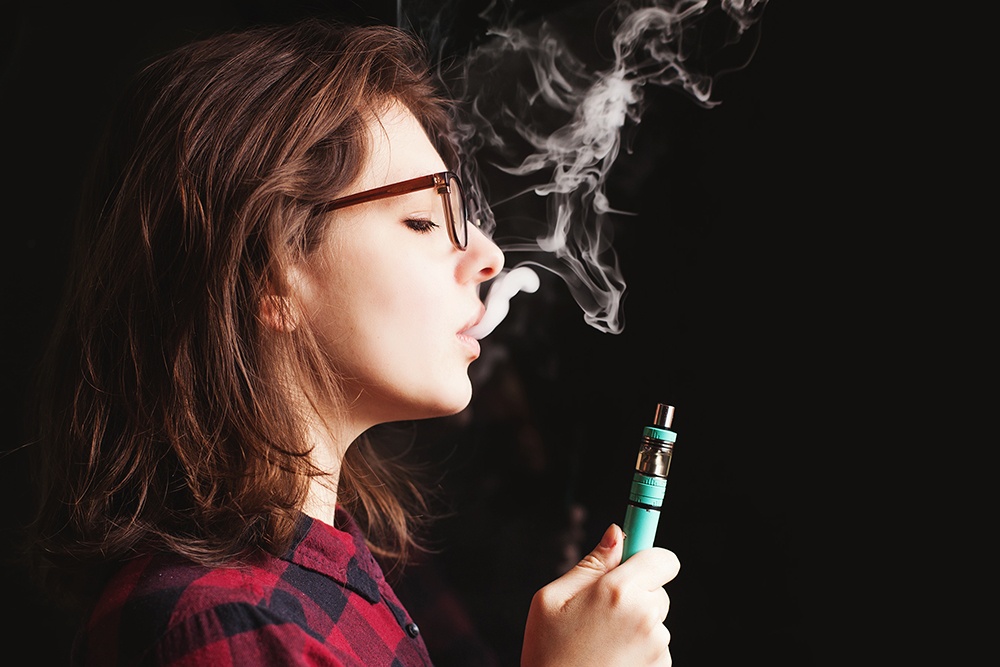
COVID, Kids and Nightmares
The pandemic is impacting the daily lives of our children in numerous ways, with anxiety related to remote learning difficulties, loss of social activities and fear of illness and death creating a mental health crisis. But COVID is also having a big effect on their nightly lives.
Gillian Pipia, who works with North Shore Child & Family Guidance Center’s younger clients at our Marks Family Right from the Start 0-3+ Center, has seen a significant increase in children’s intrusive thoughts related to COVID-19, particularly when it comes to their bedtime routines and sleeping patterns.
“Bedtime is usually a period when the usual distractions and tasks of life such as school, homework, dinner and bath time are completed, and children are left in bed, in the dark, alone with their thoughts,” says Pipia, LCSW. “The virus has created a situation of heightened anxiety that has resulted in behaviors such as bedtime avoidance, clinging to parents during their bedtime routine, refusal to get off electronics or more frequent nightmares.”
It’s not uncommon for children to internalize and hold in their fears as a way of coping, she adds, which is why their pandemic worries are likely to manifest in nightmares.
While some older kids can articulate their feelings by discussing them in therapy, younger children need more creative ways to express their feelings; therefore, during therapy sessions, Pipia encourages them to draw, write or play with toys as a way to express and process their fears.
“Many of the children draw scary monsters, and some have had reoccurring dreams where they are drowning, which reflects the fact that the virus is invisible,” she says. “They feel they have no control over it.”
When it comes to reducing nightmares, Pipia encourages her young clients to think of items or people that help them feel safe, such as a hug from a parent, favorite stuffed animal, special blanket or night lights. She also teaches them a practice called “Grounding in the Five Senses,” which involves thinking about five things you can see, four things you can touch, three things you can hear, two things you can smell and one thing you can taste.
“It helps them to let go of the worry and focus on something more concrete,” says Pipia. “Parents can teach this to their children and use it anytime they are having trouble sleeping, or for other anxious moments.”
Parents can incorporate many other strategies to help children with COVID-related nightmares:
- Stick to their normal, calming bedtime routine, perhaps reading an extra book that focuses on a happy, comforting topic.
- Validate their worry and other feelings so they feel seen and heard.
- Don’t tell them they have nothing to worry about or are being silly.
- Model reassurance and safety either verbally (“I’m here, I will protect you”) or physically with a hug.
- Encourage them to imagine happy endings for their dreams before bedtime.
- During the daytime, give them the choice about whether to draw, talk or in some other way convey their feelings, which will help them feel some sense of empowerment in the face of uncertainty and fear.
- Limit their exposure to COVID-related news—but do respond to any of their questions in an age-appropriate way.
During the pandemic, North Shore Child & Family Guidance Center is seeing clients remotely via telehealth platforms or, when deemed necessary, in person. To make an appointment, call us at (516) 626-1971 or email intake@northshorechildguidance.org. Remember, we never turn anyone away for inability to pay.

